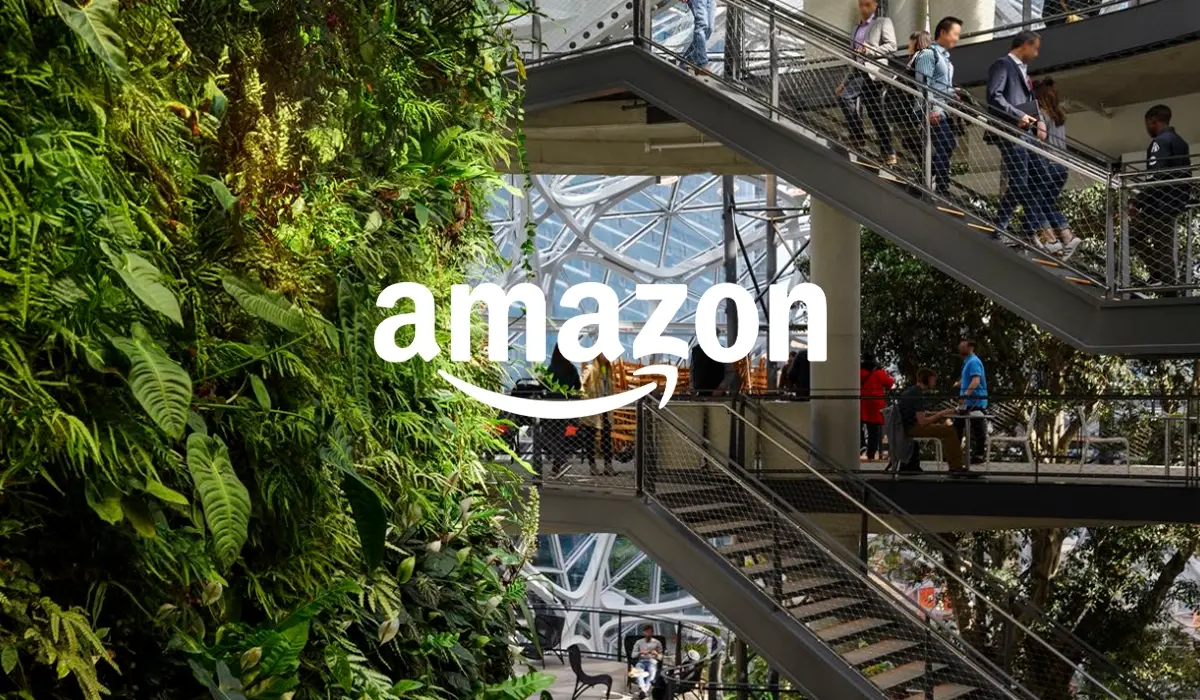In a world marked by constant disruptions, the importance of resilient supply chains cannot be overstated. Deloitte’s Ben Dollar and Animesh Arora provide valuable insights into how organizations can proactively manage risks and bolster their supply chains to withstand and quickly recover from unforeseen challenges.
Understanding Supply Chain Resiliency
Supply chain resiliency involves the ability to swiftly respond to and mitigate the impacts of supply disruptions. According to Ben Dollar, it encompasses “contingency planning, forecasting, or any other preventive actions for mitigation.” He emphasizes that supply chain resiliency drives overall business resiliency, highlighting the necessity of agility, versatility, and flexibility, especially in response to events like the COVID-19 pandemic.
Animesh Arora adds a nuanced definition, describing supply chain resiliency as a balance of resilience, agility, and efficiency. He explains that resilience is the resistance to disruptions, agility is the speed of recovery, and efficiency is the optimization of resources and assets. These elements together enable organizations to not only survive but thrive amid disruptions.
Proactive Risk Management
Organizations are increasingly managing risks proactively rather than reactively. Ben Dollar notes that “the ability to anticipate issues before they turn into major problems is a true competitive advantage.” The wealth of data available today, combined with advanced computing power and tools like Generative Artificial Intelligence, facilitates early issue identification and resolution.
Arora underscores the evolution from traditional local or regional supply chains to complex global networks. This shift introduces numerous risks, including transportation, quality, regulations, and cyber threats. He asserts that the complexity of modern supply chains necessitates a proactive approach to risk management, which is becoming more justified as disruptions grow more frequent and costly.
Enabling Risk Sensing and Mitigation
Effective risk sensing and mitigation hinge on comprehensive knowledge of the entire supply network, from tier-one suppliers to the end customers. Dollar highlights that understanding this extensive network is crucial for risk sensing. He stresses the importance of agility and flexibility in coordinating responses across functions and globally.
Change the World - Subscribe Now
Arora echoes the need for access to information across the multitier supply chain. He emphasizes the role of digital tools in processing vast amounts of data to provide actionable insights. Additionally, a clear governing structure within the supply chain is vital for proactive risk management, allowing teams to make timely decisions on buffers, supplier shifts, and manufacturing adjustments.
Steps for Enhancing Supply Chain Resiliency
Starting with a shared vision across the enterprise is essential for building a resilient supply chain. Dollar advises that supply chain resilience should be seen as a business issue, not just a procurement or supply chain concern. Once this vision is established, organizations can focus on data control, analysis, and quick action.
Arora points out that this transformation is technology-led, requiring organizations to embrace new technologies and manage them effectively. He warns that it is a long-term change, with returns on investment materializing during major disruptions, which may occur infrequently but have significant impacts.
Overcoming Challenges
Implementing new tools and changing traditional processes present significant challenges. Dollar mentions that gaining trust in new tools and rapidly acting on risk signals, rather than over-analyzing data, are critical hurdles. This shift in mindset is essential for proactive supply chain management.
Arora notes the difficulty in securing investment for preventive measures, as opposed to reactive crisis management. He stresses the importance of building additional capacity as part of risk mitigation, which involves strategic decisions on where and how to integrate this capacity into the supply chain.
In conclusion, as disruptions become more frequent and complex, the need for resilient supply chains is more critical than ever. By proactively managing risks, leveraging advanced technologies, and fostering a culture of agility and flexibility, organizations can ensure their supply chains not only withstand disruptions but also emerge stronger and more competitive.
RELATED ARTICLE: How CFOs Can Help Meet Corporate ESG Goals












